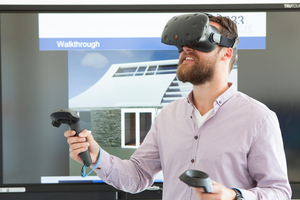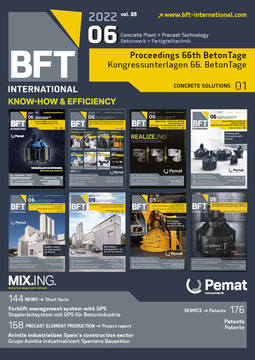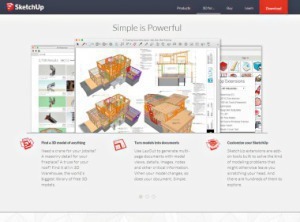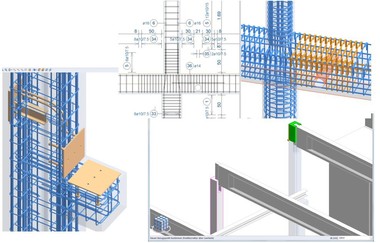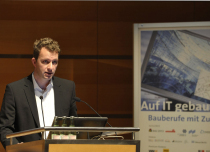Augmented reality in construction site management
Virtual reality (VR) considers only digital information in a virtual environment. Hence, VR is a tool for planning in a phase “when there is not yet a reality”. In augmented reality (AR) digital (e.g., digital twin) and real information are overlapping. Therefore, AR is predestined for the construction phase.
Both technologies have the user experience a three-dimensional space with the aid of a so-called head-mounted display. The benefit of both technologies, abstracted at the highest level, is the reduction of the cognitive load. If the user is already in a three-dimensional space that is close to reality, the brain is relieved from the otherwise necessary “translation activity” from the two-dimensional drawings into the three-dimensional reality. Moreover, errors are eliminated when interpreting and translating the cryptic 2-D design language into reality.
The most exciting and technically very well working application of VR (planning) is “virtual sampling”. 3-D CAD models are imported into VR and the user can experience a virtual on-site visit. In a very intuitive and fast way, the viewer will recognize, e.g., even the most minor modeling errors, which would not be apparent either in 2-D drawings or in the CAD model on the screen. The technology is easy to use and does not divert the experienced, less digitally affine construction manager from his actual task. VR should not be missing in any planning office.
From the author’s point of view, in future, VR will be absolutely essential in construction process planning, that is to say the digital planning of what happens on the future construction site. The next major field of application is opening up here, which is developed by several start-ups, among others, Building Information Innovator GmbH.
Today, AR is rather assigned to the field of R + D. The hardware still meets the higher technological requirements inadequately. In order to combine planning and reality, reality has to be overlapped with the digital twin in a very fast way and with highest precision. As the hardware still shows weaknesses here, there is no sufficient dynamics in the development of apps. However, the vision of overlapping the construction site reality with the digital twin is so promising that the hardware will quite certainly come.

